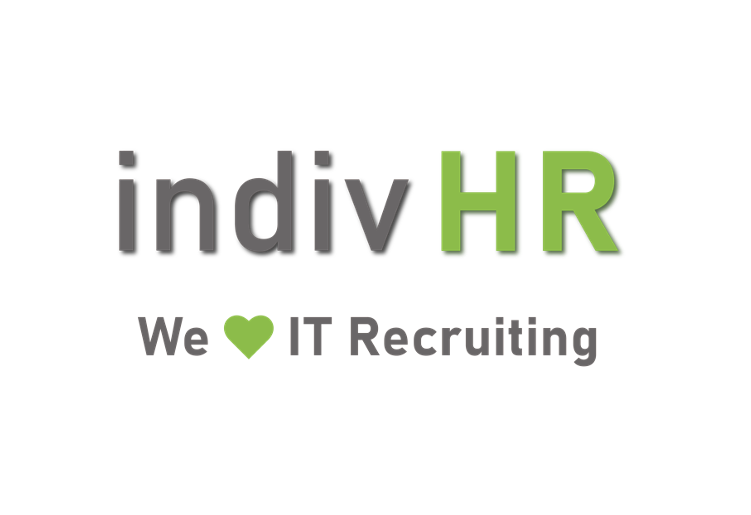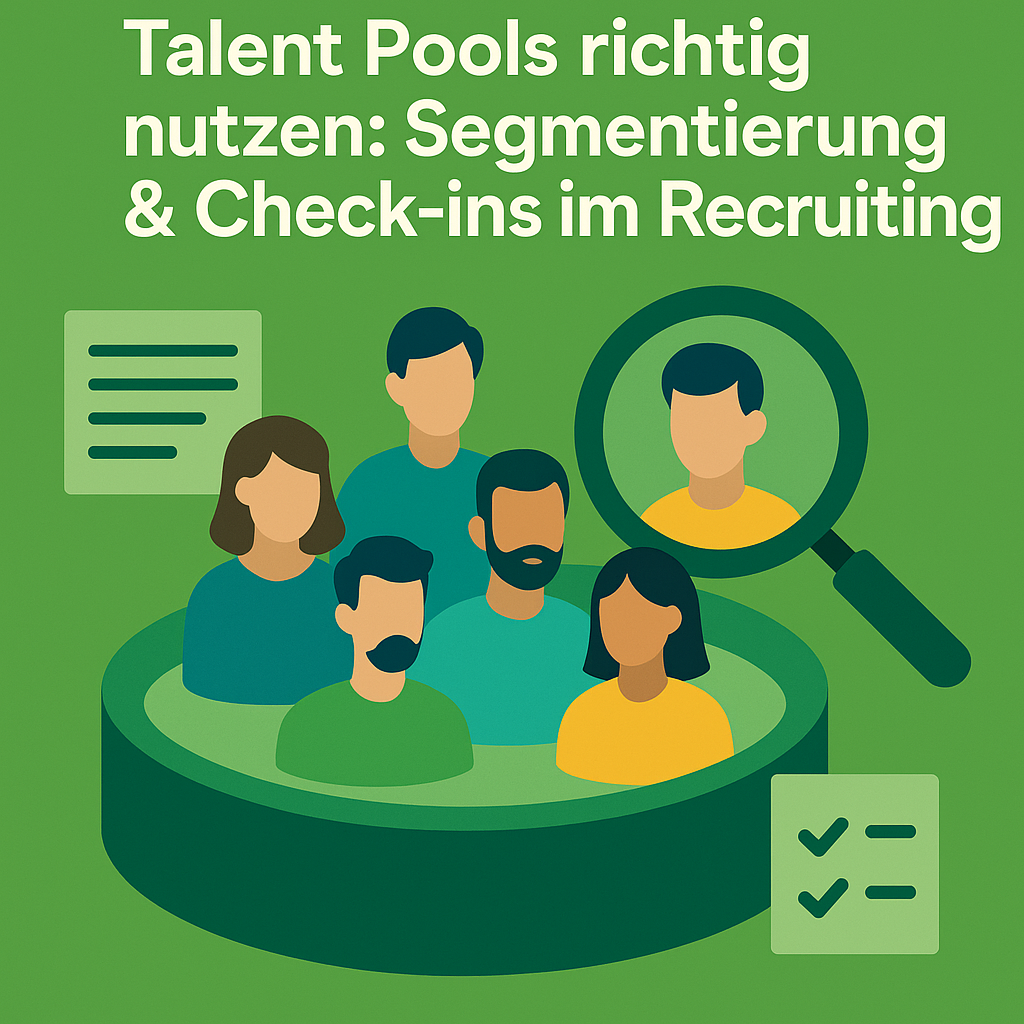1. the blind spot in the recruiting process
When recruitment comes to a standstill, many people first look at the obvious: the candidate market, the careers page, the LinkedIn campaign. But the real bottleneck usually lies elsewhere - in not before the interview process, but in the middle of it. More precisely: in the specialist area. Hiring Bottleneck
In many companies, the recruiting process runs smoothly at the beginning: Sourcing delivers initial profiles, Recruiting organises interviews, the candidates are interested. And then? A standstill. No feedback after the first interview. Second interview without an appointment. Or new requirements in the middle of the process. These are all symptoms of a internal bottleneckswhich hardly anyone addresses openly.
The data is clear: numerous projects at indivHR have shown that 40-60 % of time-to-hire to the dispatch of the first profiles. The bottlenecks are not in the market. They are sitting at the hiring manager's desk.
2. the 3 most common causes of the internal bottleneck
1. Feedback takes time - or doesn't come at all
If departments do not prioritise feedback on CVs or interviews, the process loses momentum. Good candidates drop out or move on to other processes. The talent market works in real time - but internally, people think in calendar weeks.
2. Unclear or changing requirements
A vacancy is often advertised before it is clear what is really needed. The result: a briefing that comes "from the gut". Candidates formally fit the bill, but are rejected because "something is missing". Nobody can say exactly what. Or: new requirements are added in the middle of the process - and the entire funnel starts all over again.
3. Candidate thinking instead of decision-making logic
Many specialist departments are not looking for candidates who are good enough to do the job successfully - but for the ideal candidate. The problem is that this ideal is often unrealistic, especially in the IT sector. And it becomes more loaded with every interview instead of being honed. The result: decision paralysis.
3. how to visualise the bottleneck - and systematically eliminate it
Metrics that reveal the bottleneck:
- Time-to-feedbackHow many hours/days elapse between sending the profile and receiving feedback?
- Interview-to-offer ratioHow many conversations lead to an offer?
- Candidate dropout rateHow many promising candidates drop out during the process?
Monitoring these key figures very quickly shows where the bottleneck is. And who exactly is the bottleneck.
Tools and processes that help: Hiring Bottleneck
- Kickoff briefings with scorecardsRole profiles that describe not only "tasks" but also criteria for assessment.
- Feedback templates with deadlineStandardised forms for interview feedback with a deadline (e.g. 48h).
- Binding SLAs between recruiting and the specialist department: Who delivers what by when? What happens if there is a delay?
The important thing is: Recruiting does not "support" the specialist department in recruiting. Instead, the specialist department is the co-owner of the process - with clear obligations.
4. stakeholder alignment is not a recruiting task - but a management task
Many recruitment processes fail not because of the market side, but because of a lack of clarity on the company side. If it is not clear who decides what - or if requirements change during the process - a well-launched project becomes a tough guessing game.
What helps:
- Binding briefings with all stakeholders: No tender without real alignment.
- Create clarity in decision-makingWho has the last word? Who is only allowed to give input? Who bears the risk in the event of miscasting?
- Agree valuation logicWhat does "good enough" mean? Which compromises are acceptable, which are not?
The process can only run efficiently if these points are clarified before (!) sourcing. Anything else creates rework, frustration and lost top candidates.
5 What happens when the hiring bottleneck is solved?
- The time-to-hire decreases measurably - not because of more applications, but because of faster decisions.
- The candidate experience improves - because communication is reliable and swift.
- Specialist departments take the pressure off themselves - because the workload is reduced when roles are clearly defined and discussions are targeted.
The actual goal of recruiting is not selection, but decision-making.
If you know your own bottlenecks, you can utilise the market better. Those who create internal clarity also gain clarity in the process. And those who finally make decisions make better appointments.
📞 Analyse and resolve process bottlenecks?
indivHR provides support in the structured analysis of bottlenecks, the design of efficient briefing formats and the introduction of binding role processes in recruiting.
👉 Contact us - We help when things get stuck.





